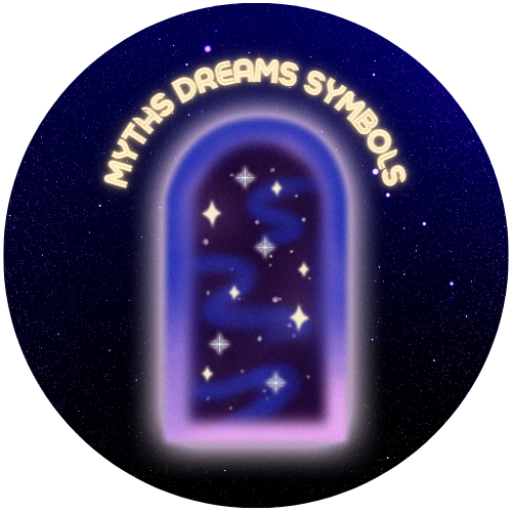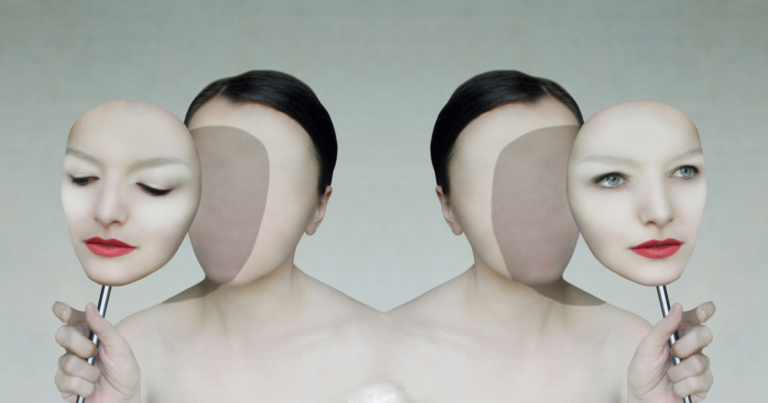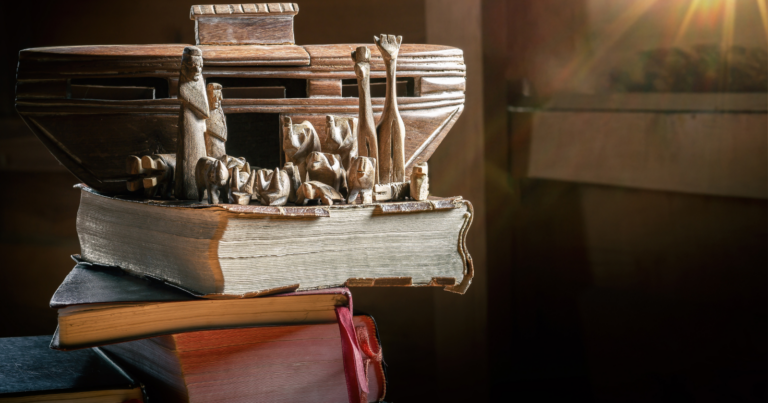Carl Jung, a Swiss psychiatrist and psychoanalyst, introduced the world to a profound way of understanding human personalities through his theory of psychological types. This theory, foundational in the realms of psychology, personal development, and even mythology, offers insights into how individuals perceive the world and make decisions. Let’s embark on a journey to explore Jung’s theory of psychological types, simplifying its complexities and revealing how it enriches our understanding of ourselves and others.
The Essence of Jung’s Psychological Types
At the heart of Jung’s theory is the idea that differences in people’s behavior are predictable based on their psychological preferences. These preferences are centered around four primary dichotomies:
- Extraversion (E) vs. Introversion (I): This dichotomy explores where individuals prefer to focus their energy. Extraverts are energized by the external world, while introverts find energy in internal thoughts and reflections.
- Sensing (S) vs. Intuition (N): This looks at how individuals prefer to gather information. Sensing types are detail-oriented and trust information that is tangible and concrete, whereas intuitive types look at the big picture and trust information that is more abstract or theoretical.
- Thinking (T) vs. Feeling (F): This dichotomy examines how people prefer to make decisions. Thinking types rely on logical analysis and objective criteria, while feeling types prioritize emotions and the impact of decisions on others.
- Judging (J) vs. Perceiving (P): This explores how individuals interact with the outside world. Judging types prefer a structured and decided lifestyle, while perceiving types adopt a more flexible and adaptable approach.
Psychological Types in the Realm of Myths, Dreams, and Symbols
Jung’s interest in myths, dreams, and symbols was integral to his understanding of the human psyche. He believed that these universal narratives and images reflect the collective unconscious, revealing common themes that transcend individual experiences. The archetypes found in myths—such as the Hero, the Shadow, or the Anima/Animus—mirror the psychological types, showcasing different facets of human nature and the journey towards self-realization.
Dreams, too, serve as a personal myth-making process, where the symbols and scenarios that unfold can be linked to one’s psychological type. For instance, a predominance of sensory details might reflect a Sensing preference, while abstract, symbolic dreams could indicate an Intuitive nature.
Applying Jung’s Theory to Understand Ourselves and Navigate Life
Understanding your psychological type according to Jung’s theory can offer valuable insights into your behaviors, preferences, and interactions with the world. It can improve self-awareness, enhance personal and professional relationships, and guide personal development efforts. Recognizing the diversity in psychological types also fosters empathy and tolerance, highlighting that different perspectives and approaches to life are not only valid but essential to the tapestry of human experience.
Conclusion: Embracing the Diversity of Human Nature
Carl Jung’s theory of psychological types invites us to explore the depths of our personalities, offering a framework for understanding the complex interplay between our conscious preferences and the unconscious forces that shape our dreams and myths. By engaging with this theory, we can embark on a path of self-discovery, unlocking the potential for growth, harmony, and a deeper connection to the universal stories that bind us all.
As we navigate the journey of life, let Jung’s insights into psychological types illuminate the way, helping us to embrace the diversity of human nature and the rich tapestry of experiences that define our existence.









